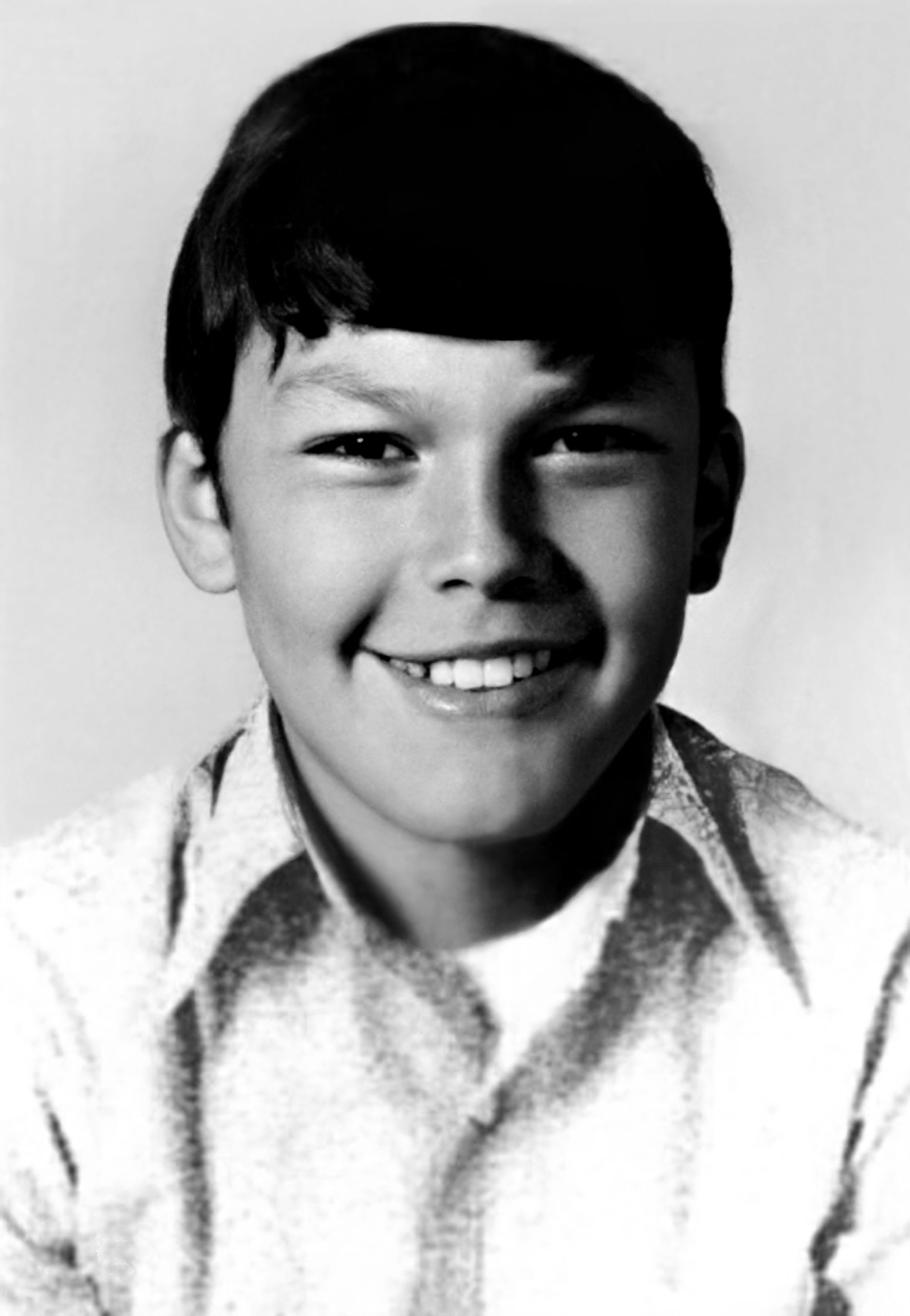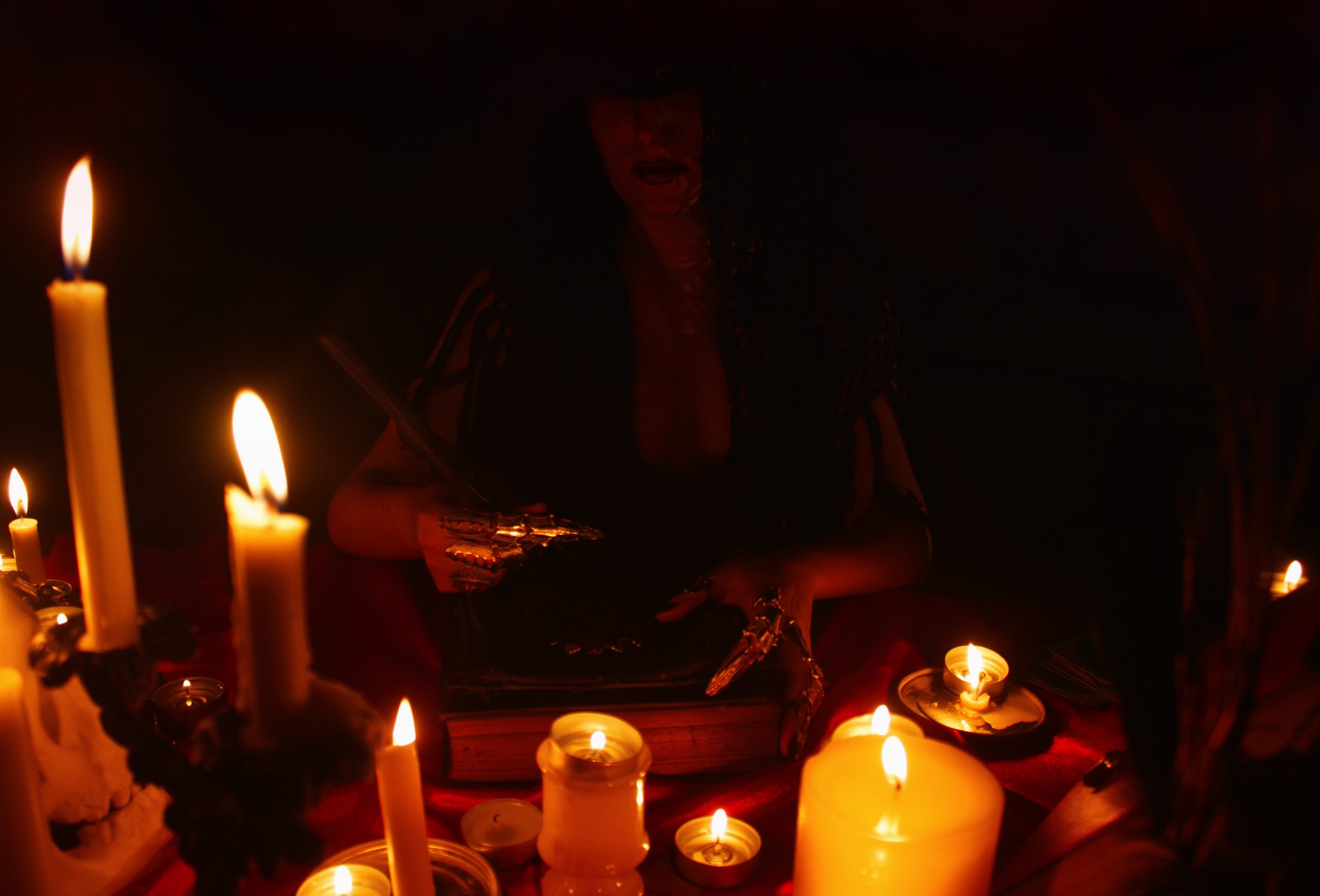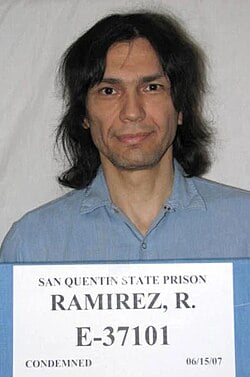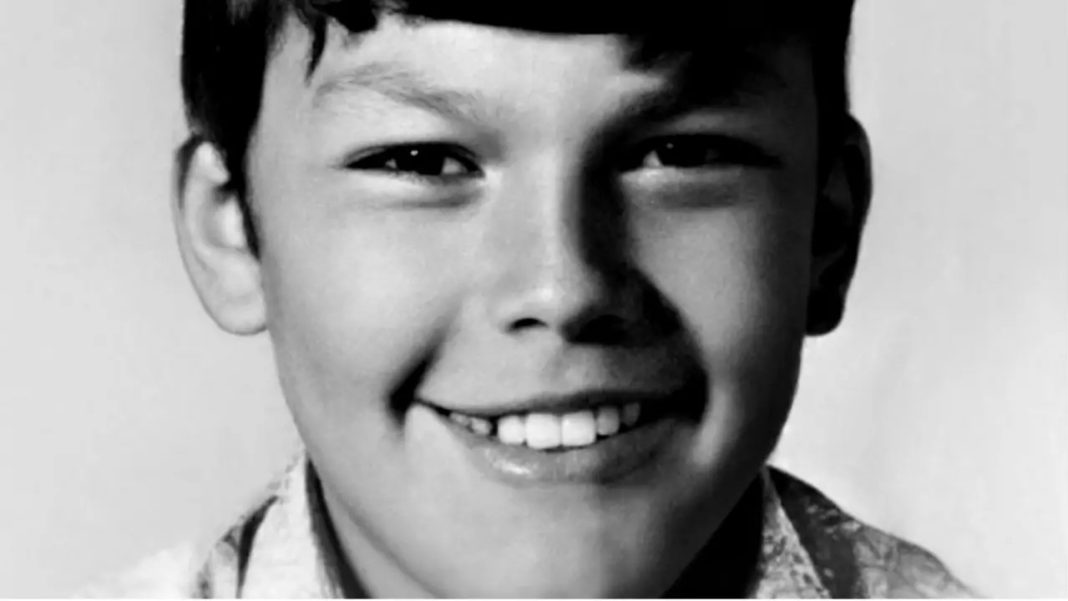The Transformation of Innocence: The Disturbing Journey of Richard Ramirez
Richard Ramirez, once a seemingly innocent child born on February 29, 1960, in El Paso, Texas, would later be labeled as one of the most notorious serial killers in American history. His life began in a modest household, being the youngest of five children in a family that had immigrated from Mexico. His father, a railway worker, struggled with alcoholism, often unleashing violence that shattered the family’s peace. This tumultuous environment laid the foundation for a young boy whose early life was marred by trauma.

The Ramirez family’s circumstances were common for many immigrant families in the Southwest, yet the reality behind their closed doors was anything but normal. The father’s unpredictable bouts of rage manifested in physical abuse, leaving lasting scars on young Richard. By the age of six, he had suffered multiple head injuries, resulting in temporal lobe epilepsy. To make matters worse, his father’s brutal punishment included tying him to a crucifix in a cemetery, exposing the child to fear and loneliness in the dead of night. Such experiences planted the seeds of profound psychological distress that would later transform into a darker persona.

The Influences of Violence and Trauma
As he entered adolescence, Richard found himself increasingly entangled in a world of substance abuse. By the age of ten, he had already turned to smoking marijuana and consuming alcohol, seeking any form of escape from his chaotic home life. On a fateful day in 1975, at just 15 years old, he witnessed something that would further darken his psyche: his older cousin Miguel shot and killed his wife during a domestic dispute. The traumatic event left Richard emotionally paralyzed, leading him to drop out of school shortly thereafter and move in with his sister and her husband.

Under the influence of his sister’s husband, who had his own troubling tendencies, Richard was exposed to voyeuristic behavior. This newly adopted lifestyle was a far cry from the innocence of childhood, laying the groundwork for the disturbing patterns of behavior that would define his adult life. By the time he turned 22, he had relocated to California, where his addiction to cocaine spiraled out of control. His life became a chaotic mix of crime, as he sought to fund his addiction through theft and burglary, all while maintaining a transient lifestyle between major California cities.

The Rise of a Notorious Killer
The pivotal moment in Richard’s descent into darkness came on April 10, 1984, when he committed his first documented murder. The victim was a nine-year-old girl named Mei Leung, whose life was violently extinguished in San Francisco. Richard lured her into a basement where he inflicted unspeakable horrors upon her. This heinous crime would remain unsolved for decades, only being linked to him through DNA evidence in 2009, long after he had already become a household name for his crimes.

His killing spree escalated rapidly, culminating in a series of brutal murders across California in 1985. Known as the “Night Stalker,” Ramirez’s crimes struck fear into the hearts of residents. He targeted individuals within their homes, employing a method that was both random and horrifying. Victims ranged from children to the elderly, and his attacks were characterized by their extreme violence, often involving sexual assault. Ramirez’s actions were imbued with a grotesque fascination with Satanism; he left behind pentagrams and often incorporated satanic rituals into his crimes, which added an unsettling layer to his already horrific acts.
The Manhunt and Capture
The extensive media coverage of Ramirez’s crimes led to a massive police manhunt, one of the largest in California history. Detective teams worked tirelessly to connect the dots between a series of random killings. The case took a significant turn when 13-year-old James Romero III observed Ramirez acting suspiciously near his home and noted vital details about his getaway car. This crucial piece of information ultimately led to Ramirez’s capture.
On August 30, 1985, as Ramirez returned to Los Angeles, he was confronted by vigilant citizens who recognized him from the news. In a scene that could only be described as a community standing up against evil, a group of residents apprehended him and handed him over to law enforcement. His arrest marked the beginning of a highly publicized trial, during which Ramirez demonstrated erratic behavior, including proclaiming his allegiance to Satan in the courtroom.
A Legacy of Horror
In 1989, Ramirez was convicted of numerous charges, including 13 counts of murder and multiple counts of sexual assault and burglary. His sentence was death, yet he remained unapologetic, chillingly remarking, “Big deal. Death always went with the territory.” Ramirez spent nearly 24 years on death row at San Quentin State Prison, where he continued to draw the attention of supporters, even marrying a young woman who idolized him.
Richard Ramirez succumbed to complications from B-cell lymphoma on June 7, 2013, leaving behind a legacy of unimaginable horror. His life is a haunting reminder of how early childhood trauma can manifest into something sinister and tragic. The juxtaposition of the innocent child in the photograph against the monster he became serves as a stark testament to the complexities of human nature and the profound impact of one’s environment.
In retrospect, it is crucial to analyze how Ramirez’s upbringing and experiences shaped his trajectory into becoming one of America’s most infamous serial killers. Understanding this narrative not only sheds light on the intricacies of his psyche but also serves as a grim warning about the potential consequences of unresolved trauma.

















